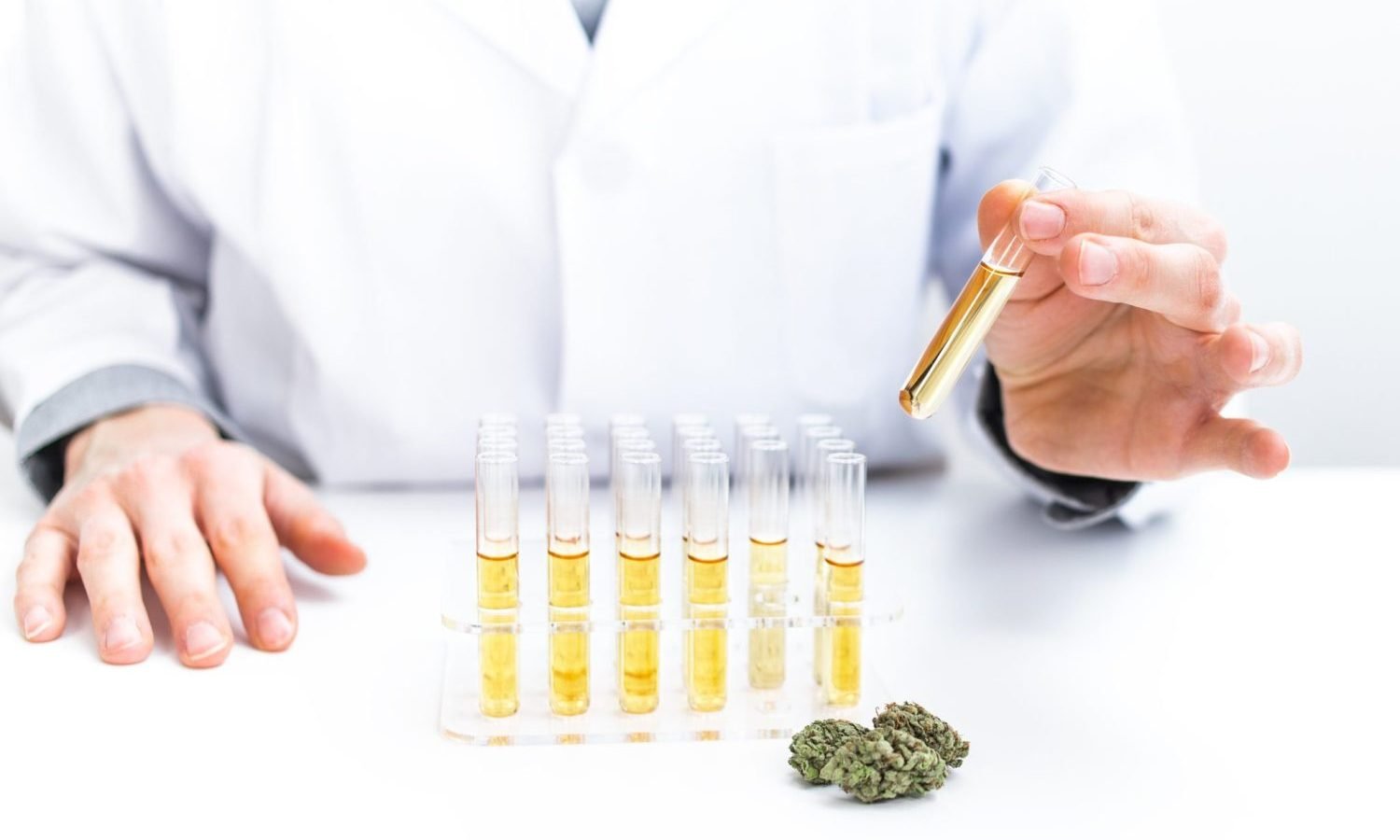Cannabinomics refers to the scientific approach of using mass spectrometry and statistical analysis to differentiate between available cannabis species.
This article originally appeared on Cannabis.net and has been reposted with permission.
It is the year 2022, where cannabis laws are becoming more flexible by the day and adequate and precise information about the natural herb is available to everyone. While we are all grateful for the growth of cannabis laws and regulations, there is still a need for more scientific research about the plant.
In this article, we will be paying close attention to cannabinomics and its use in analyzing cannabis varieties.

What Is Cannabinomics?
It is safe to say that cannabinomics isn’t exactly a word that is commonly used among the majority of cannabis enthusiasts and this is because it is majorly a scientific term. Cannabinomics refers to the scientific approach of using mass spectrometry and statistical analysis to differentiate between available cannabis species. In clearer terms, the scientific process involves the use of analytical processes to identify phytochemical markers that can be used to differentiate between cannabis varieties.
The general knowledge among most cannabis users is that the difference in cannabis varieties largely boils down to whether it is sativa, indica, or a hybrid of both. While this may be fundamentally true, there is still more to the differences in cannabis varieties than the species they originate from. This is why many cannabis growers and researchers over time have used THC and CBD concentration as a major marker in differentiating varieties.
The use of THC and CBD as main markers for differentiating cannabis varieties has been quite instrumental both in terms of research, cultivation, and use. This is because it helps to give the grower and/or user an idea of what to expect from the herb. However, there is still room for differentiating cannabis varieties beyond just THC and CBD which is where cannabinomics comes in. The process uses compounds less prominent as THC and CBD to analyze and differentiate different cannabis varieties.
A Closer Look At Cannabinomics
Cannabinoids might be the most talked-about constituent in the cannabis plant matrix owing to their psychoactive and medicinal effects, yet that doesn’t mean they are the only compounds present in the cannabis plant matrix.
Other important phytochemicals present include terpenes, flavonoids, alkaloids, lignans, phytosterols among others. These chemicals play special roles in synergistically producing the medicinal effects of cannabis in dealing with pain, metabolic disorders, neurogenerative disorders, seizures, cardiovascular disorders, and many more. The obvious benefits of this herb have improved the pace of scientific research into the available varieties of cannabis, how they elicit their effects, and other possible medicinal effects yet to be discovered.
With over 10 articles being published daily, the demand for scientific literature on cannabis is ever-increasing and proper differentiation and identification of cannabis strain varieties is key to meeting this demand.

The Science Of Cannabinomics
As stated earlier, cannabinomics seeks to utilize numerous metabolites that are less prominent than THC and CBD to analyze different cannabis varieties. Cannabinomics, therefore, becomes a more comprehensive approach and it is gradually gaining acceptance in plant science research. The approach uses either liquid chromatography-mass spectrometry (LC-MS), gas chromatography-mass spectrometry (GC-MS), or nuclear magnetic resonance spectroscopy (NMR) for detection. The detection and annotation process is also supported by the use of bioinformatics and statistical analysis to classify the chemotypes and identify other phytochemicals present.
RELATED: Do You Know The Difference Between Cannabis Strains, Phenotypes, And Cultivars?
The scientific procedure of cannabinomics commences with identifying and collecting the plant material to be used. This is then followed by metabolome analysis using appropriate materials while ensuring good laboratory practices. The products then go through a data mining process using the available analytical tools. The results obtained from the analytical tools can be used for genotyping of the cultivars, quantification of main phytocannabinoids, and other statistical analysis.
Advantages Of Cannabinomics
Before we delve into the advantages of cannabinomics over other approaches, we need to state some of the hindrances to the proper identification of phytocannabinoids. Only a few phytocannabinoids are available commercially and those that are available are very expensive. There are also restrictions by national regulations to some standards which restricts studies to the use of in-house databases or mass spectral libraries.
RELATED: There’s A Major Problem With A New Study Claiming Weed Impairs Your Ability To Think
The first advantage of cannabinomics over other approaches is that it shows major discriminant compounds between varieties. Through proper annotation and detection of these compounds, cannabinomics helps to improve and fasten biological research into such varieties. It also helps in characterizing possible entourage effects of such discriminant molecules in the varieties being analyzed.
The second advantage of cannabinomics over other analytical approaches is that it helps in unraveling characteristic markers of different cannabis varieties. While a host of cannabis phytochemicals have been identified, there are still numerous specific markers of each variety yet to be identified. Cannabinomics unravels such characteristic markers using independent heatmap analysis and Anova tests.
RELATED: Why You Should Be Mixing Your Cannabis Strains
Cannabinomics also helps to easily classify analyzed varieties depending on quantified phytocannabinoids. There are different types of phytocannabinoids as they exist as different isomers and the labile nature of their acidic form makes this classification important for further research purposes.
There are a plethora of other benefits that the use of cannabinomics as a research tool for analyzing cannabis tables brings to the table. This is why the approach is widely being accepted and increasing in use in different studies aimed at analyzing the complex matrix of phytochemicals in the cannabis plant.
Bottom Line
There is still much to be achieved using cannabinomics as it applies to the detection and annotation of phytochemicals. This is because it doesn’t limit analysis to phytocannabinoids alone, but instead extends to other compounds such as terpenes, flavonoids, alkaloids, and so on.
The knowledge gained through cannabinomics will be instrumental in cultivating plants with the right chemotype and genotype needed for food and material purposes. The knowledge from cannabinomics is also important in the medicinal world as it helps to improve the breeding of cannabis varieties with greater expression of minor phytocannabinoids. This will further help to correlate therapeutic effects with the perceived entourage effect of such cannabinoids.
This article originally appeared on Cannabis.net and has been reposted with permission.


